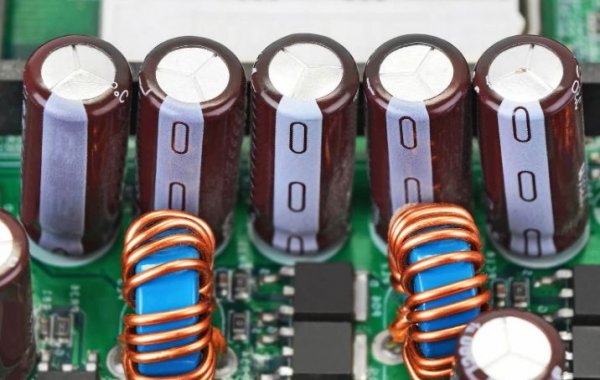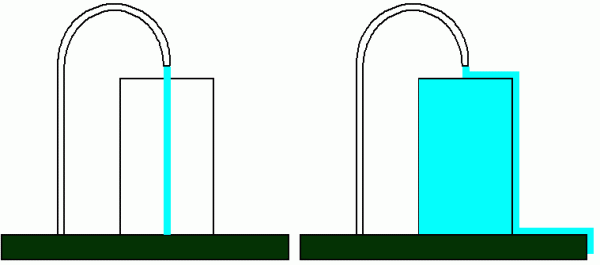Capacitance and inductance in electrical circuits
In terms of electrical circuits, capacitance and inductance are very important, just as important as resistance. But if we talk about active resistance, we mean simply the irreversible conversion of electrical energy into heat, then inductance and capacitance are related to the processes of accumulation and conversion of electrical energy, therefore they open up many useful practical opportunities for electrical engineering.
When current flows through the circuit, charged particles move from a place of higher electrical potential to a place of lower potential.
Let's say the current flows through an active resistance, such as the tungsten filament of a lamp. As the charged particles move directly through tungsten, the energy of this current is continuously dissipated due to the frequent collisions of current carriers with the nodes of the crystal lattice of the metal.
An analogy can be drawn here.The boulder was lying on top of a wooded mountain (at a point of high potential), but then it was pushed off the top and rolled into the lowland (to a level of lower potential) through the forest, through bushes (resistance), etc.
Colliding with plants, a stone systematically loses its energy, transfers it to bushes and trees at the moments of collision with them (in a similar way, heat is dissipated with active resistance), therefore its speed (current value) is limited, and there is simply no time to accelerate properly.
In our analogy, the stone is an electric current, moving charged particles, and the plants in its path are the active resistance of a conductor; height difference — the difference in electrical potentials.
Capacity
Capacitance, unlike active resistance, characterizes the circuit's ability to accumulate electrical energy in the form of a static electric field.
A direct current cannot continue to flow as before through a circuit with a capacitance until that capacitance is completely filled. Only when the capacity is full will the charge carriers be able to move further at their previous speed determined by the potential difference and the active resistance of the circuit.
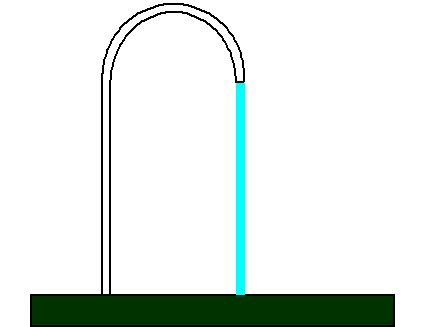
A visual hydraulic analogy is better for understanding here. The water faucet is connected to the water supply (power source), the faucet is opened, and the water flows out with a certain pressure and falls on the ground. Here there is no additional capacity, the water flow (current value) is constant and there is no reason to slow down the water, that is, to reduce the speed of its flow.
But what if you put a wide barrel right under the faucet (in our analogy, add a capacitor, capacitor to the circuit), its width is much larger than the diameter of the water jet.
Now the barrel is filled (the container is charged, the charge accumulates on the plates of the capacitor, the electric field is strengthened between the plates), but the water does not fall into the ground. When the barrel is filled to the brim with water (the capacitor is charged), only then will the water begin to flow at the same rate of flow through the ends of the barrel to the ground. This is the role of a capacitor or condenser.
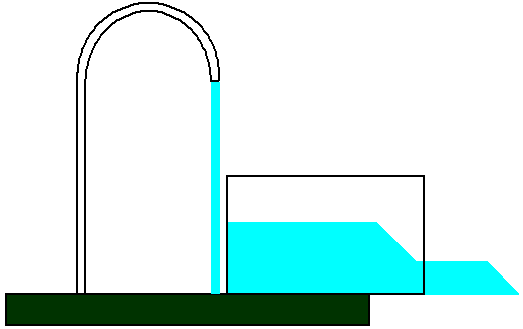
The barrel can be overturned if desired, briefly creating many times more pressure than from the faucet alone (quickly drain the condenser), but the amount of water taken from the tap will not increase.
By lifting and then inverting the barrel (charging and quickly discharging the capacitor for a long time), we can change the mode of water consumption (electrical charge, electrical energy). Since the barrel is slowly filled with water and its edge will be reached after some time, it is said that when the container is filled, the current leads the voltage (in our analogy, the voltage is the height at which the edge of the faucet spout is located).
Inductance
Inductance, unlike capacitance, stores electrical energy not in static but in kinetic form.
When the current flows through the coil of the inductor, the charge in it does not accumulate as in the capacitor, it continues to move along the circuit, but around the coil the magnetic field associated with the current is strengthened, the induction of which is proportional to the magnitude of the current.
When an electric voltage is applied to the coil, the current in the coil builds up slowly, the magnetic field stores energy not immediately, but gradually, and this process prevents the acceleration of the charge carriers. Therefore, current is said to lag behind voltage in an inductance. Eventually, however, the current reaches such a value that it is limited only by the active resistance of the circuit in which this coil is connected.
If a DC coil is suddenly disconnected from the circuit at some point, the current will not be able to stop immediately, but will begin to slow down rapidly and a potential difference will appear across the coil terminals, the faster the faster it stops current, that is, the magnetic field of this current disappears faster...
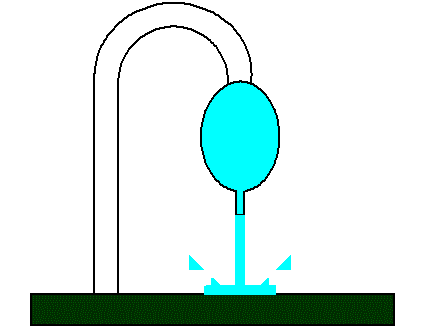
A hydraulic analogy is appropriate here. Imagine a water faucet with a ball of highly elastic and soft rubber on the spout.
At the bottom of the ball is a tube that limits the water pressure from the ball to the ground. If the water tap is open, the ball will inflate quite strongly and the water will rush through the tube in a thin stream, but at high speed, it will crash into the ground with splashes.
Water consumption is unchanged. The current flows through a large inductance, while the energy reserve in the magnetic field is large (the balloon is inflated with water). When the water just starts to flow from the tap, the ball inflates, similarly, inductance stores energy in the magnetic field when the current starts to increase.
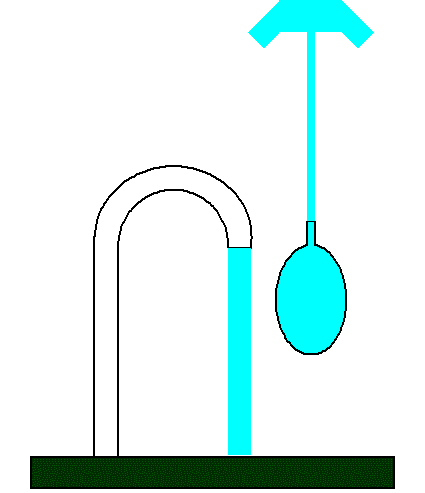
If we now turn off the ball from the faucet, turn it on from the side where it was connected to the faucet, and turn it over, then the water from the pipe can reach a much higher height than the height of the faucet, because the water in the inflated ball is under pressure.Inductors are used in the same way in boost pulse converters.

